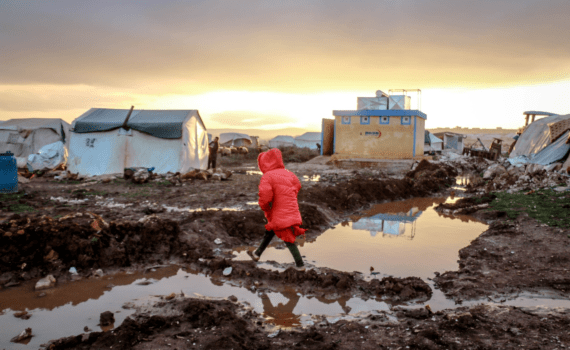
The Importance of Educating and Preparing Children for Storms
Category : Oklahoma Storm Shelters
Severe storms, like hurricanes, tornadoes, and thunderstorms, can be frightening and dangerous for individuals of all ages. However, it is more important to educate and prepare children for such events, especially if you live in places like Oklahoma, where these types of weather conditions are a common occurrence.
By preparing, teaching essential skills, and providing emotional support, we can help children develop resilience and the ability to respond effectively during storms. Let’s take a look at why educating children regarding storms is very important.
Safety and Preparedness
Educating children about storm safety and preparedness is crucial for their well-being. Teaching them about different types of storms, their potential dangers, and appropriate responses allows them to make informed decisions and take necessary precautions. Children should learn about seeking shelter, identifying safe spaces within their homes, and understanding emergency evacuation procedures.
Reducing Anxiety and Fear
Storms can induce anxiety and fear in children due to their unpredictable nature and the potential for damage. Educating children about storms helps reduce their anxieties by giving them a sense of understanding and control. Children can develop a more rational and less fearful perspective by understanding weather patterns, the science behind storms, and the likelihood of occurrence.
Promoting a Culture of Preparedness
Educating and preparing children for storms creates a culture of preparedness within families and communities. When children actively participate in preparedness activities, such as creating emergency plans or practicing drills, they advocate for safety and encourage their peers and families to do the same.
Emergency Preparedness Skills
Storm preparedness involves more than just understanding safety measures. It also includes developing practical skills necessary during emergencies. Children should be taught how to assemble emergency supply kits with essential items such as non-perishable food, water, flashlights, and batteries.
Additionally, teaching basic first aid skills, like how to apply bandages or perform CPR, can empower children to assist others in need during storm-related emergencies. Apart from that, it’s necessary to teach your children how to access the storm shelter in case of these weather calamities.

If you don’t have a storm shelter and are looking to buy one in Oklahoma, we can help you.
Oklahoma Shelters is a trusted safe room and shelter company based in Oklahoma. We offer concrete storm shelters, tornado shelters, garage shelters, and in-ground shelters to protect the residents of Oklahoma from harsh storms and tornadoes.
Get in touch with us now to order a storm shelter today.























